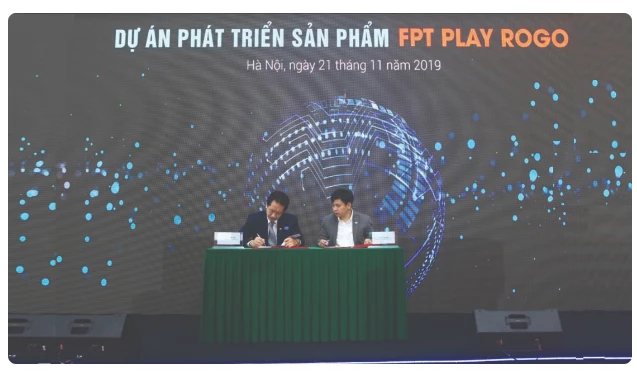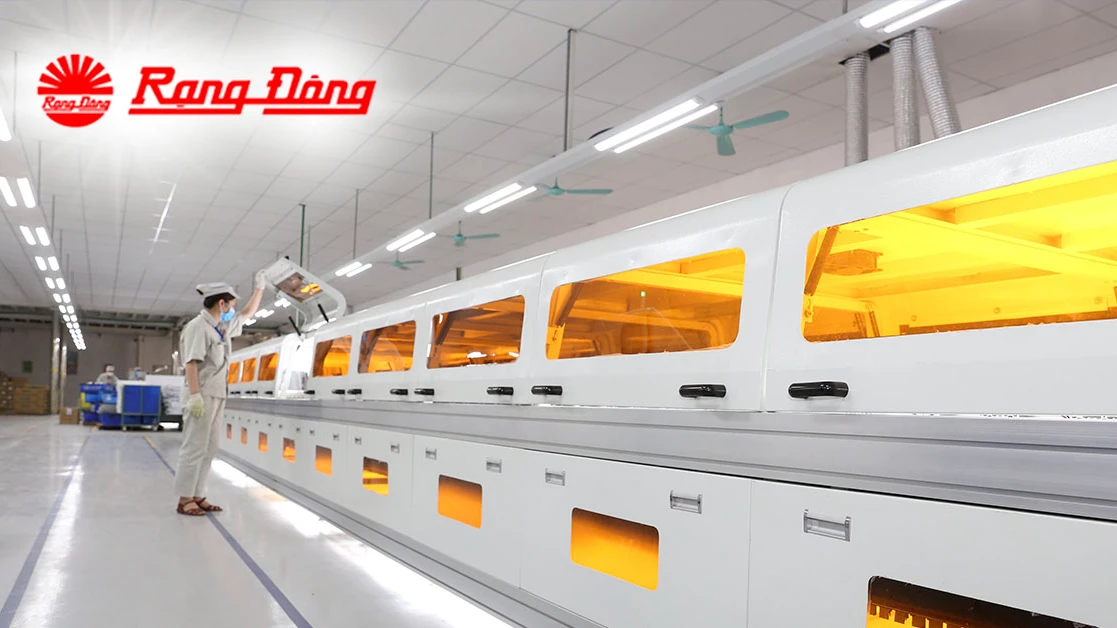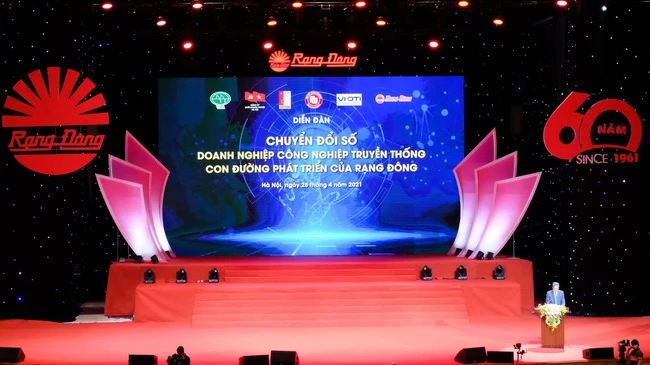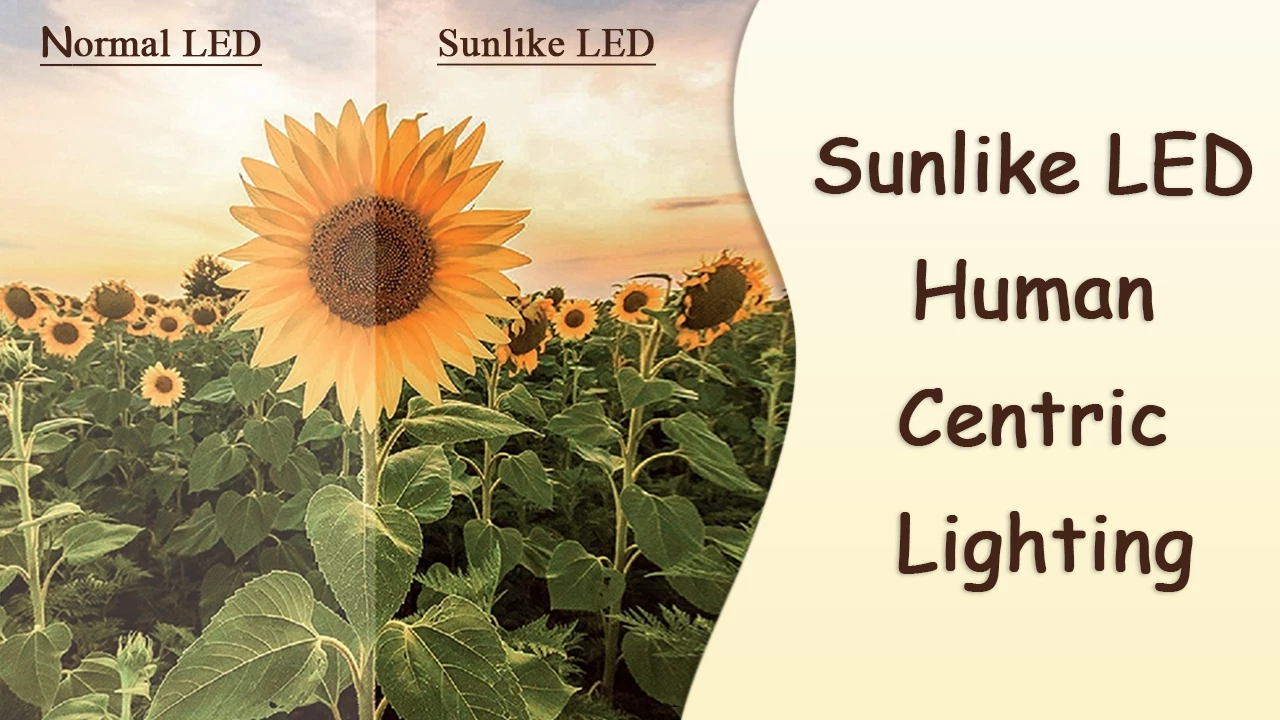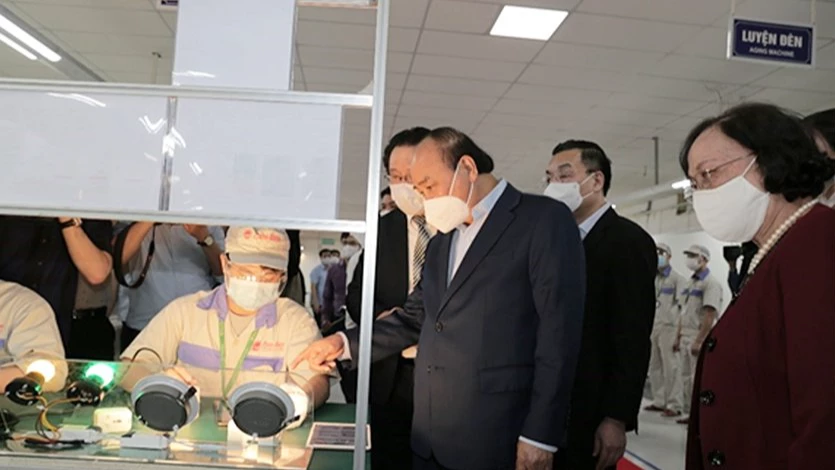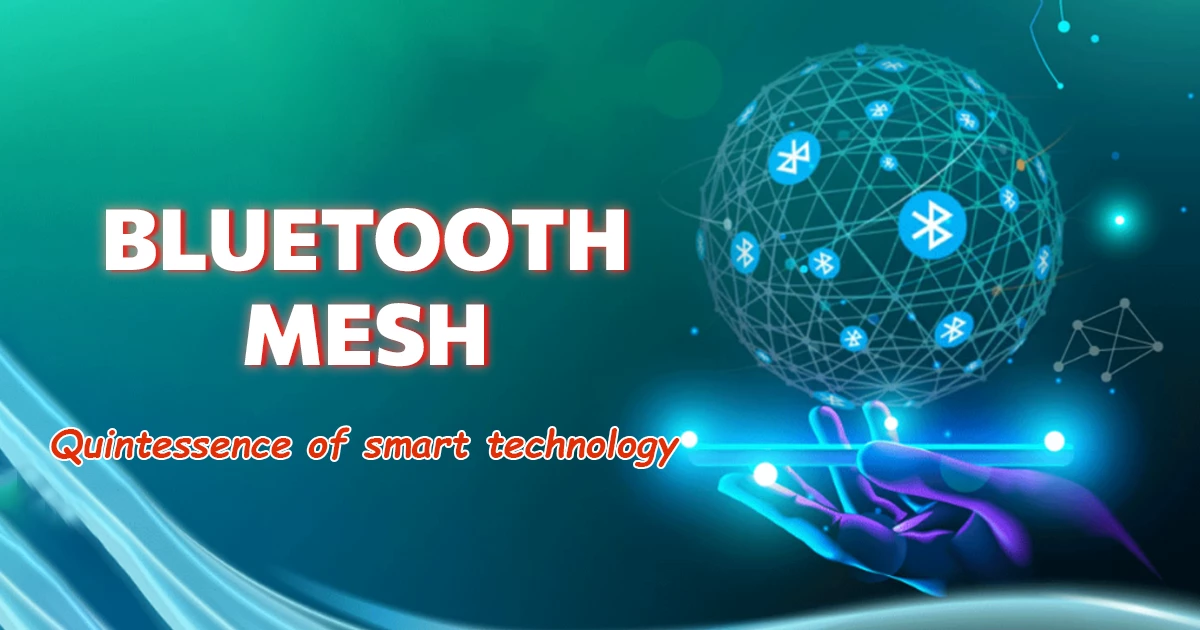
Connected technologies: definition and common applications
The term “Internet of things” (IoT) was first coined by a computer scientist, Kevin Ashton, in 1999 when he put the radio-frequency identification (RFID) chips on products as an inventory tracking solution. Over time its definition has evolved so much. Nowadays, with connected technologies and various protocols, IoT has grown to become smarter things. Our article takes a closer look at the “connected technologies” and their most common applications.
Definition of "connected technologies"
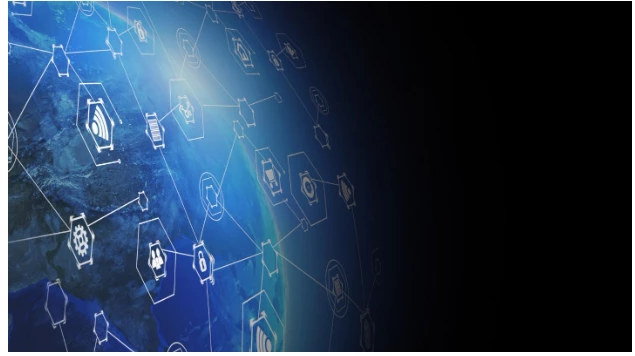
Connected technologies help connect products in the same environment.
Connected technology is the technology built in a product to connect it to other products sharing the same technology, and also to connect it to the network. The most common wireless communication technologies are Bluetooth Low Energy (BLE), Wi-Fi and ZigBee.
Wi-Fi
The technology uses radio waves (RF) to connect devices. We need a central hub to add or remove devices in a wifi-based system. And Wi-Fi only works well for short ranges so if the devices are too far from the central hub, their connection might be affected. In case the Internet is down, the connection between devices is lost.
ZigBee
ZigBee only carries data at a small amount via a short distance so it is suitable for small and low-cost IoT systems. Every device with built-in ZigBee technology can connect to each other without relying on the endpoint and router. However, ZigBee is not as secure as Wi-Fi.
BLE
The devices equipped with BLE ‘speak’ to each other by relaying messages. For example, one device sends a message to five different devices in its range. These five devices relay that message to every other device in their ranges. Therefore, we can create large-scale device networks with low energy consumption by BLE. However, implanting BLE would be more expensive.
Most common applications of connected technologies
Smart homes
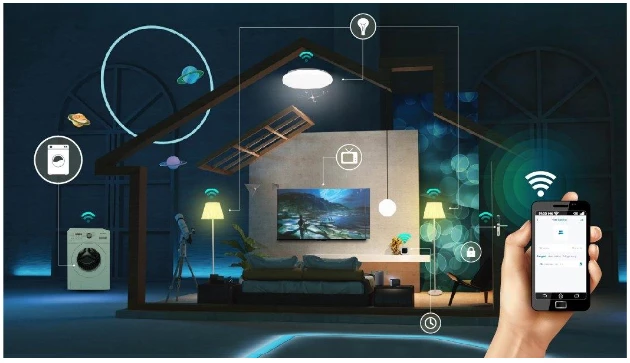
We can control all of the devices in our homes with just one app.
Smart homes might be the most practical application of connected technologies. We can easily control all the devices in our homes with an application in our cellphone, with a monitor screen in the wall and even with our voice. Not only a single device is controlled but a group of devices can be controlled also at the same time. Moreover, we can set up so that one device can control other devices automatically. For example, when a sensor detects motion at night, it activates the light bulb, turning it on.
Smart city
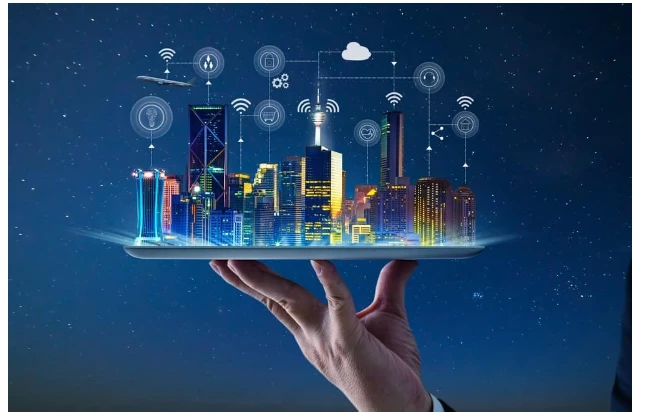
Smart city is an expensive reality but not a dream.
Smart city is a bigger application of connected technologies. With the latest technologies in place, it’s not difficult to build a smart city but it’s hard to build it with minimum costs. The authorities are able to manage the traffic, waste, water distribution and electricity of a city in one or a few headquarters. Many cities have a smart lighting system where the authorities control the public lighting system of their whole city in one single room.
Smart farm
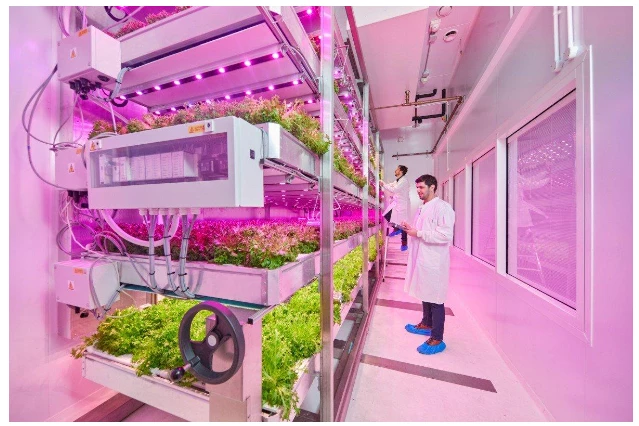
A smart system with connected technologies grows vegetables indoors.
Farming is no longer uncertain with technology development. Farmers now can control every factor affecting the plant’s growth. They know what the plant needs at different stages and meet it. They can grow the plants regardless of the season and weather conditions outside. Following the installation of a smart automatic system, all the devices will take care of the plants instead of human force.
Should you have any questions or request a quotation of Rang Dong products, please send us an email to: export@rangdong.com.vn.
Websites: en.rangdong.com.vn and vacuumflask.rangdong.com.vn.



